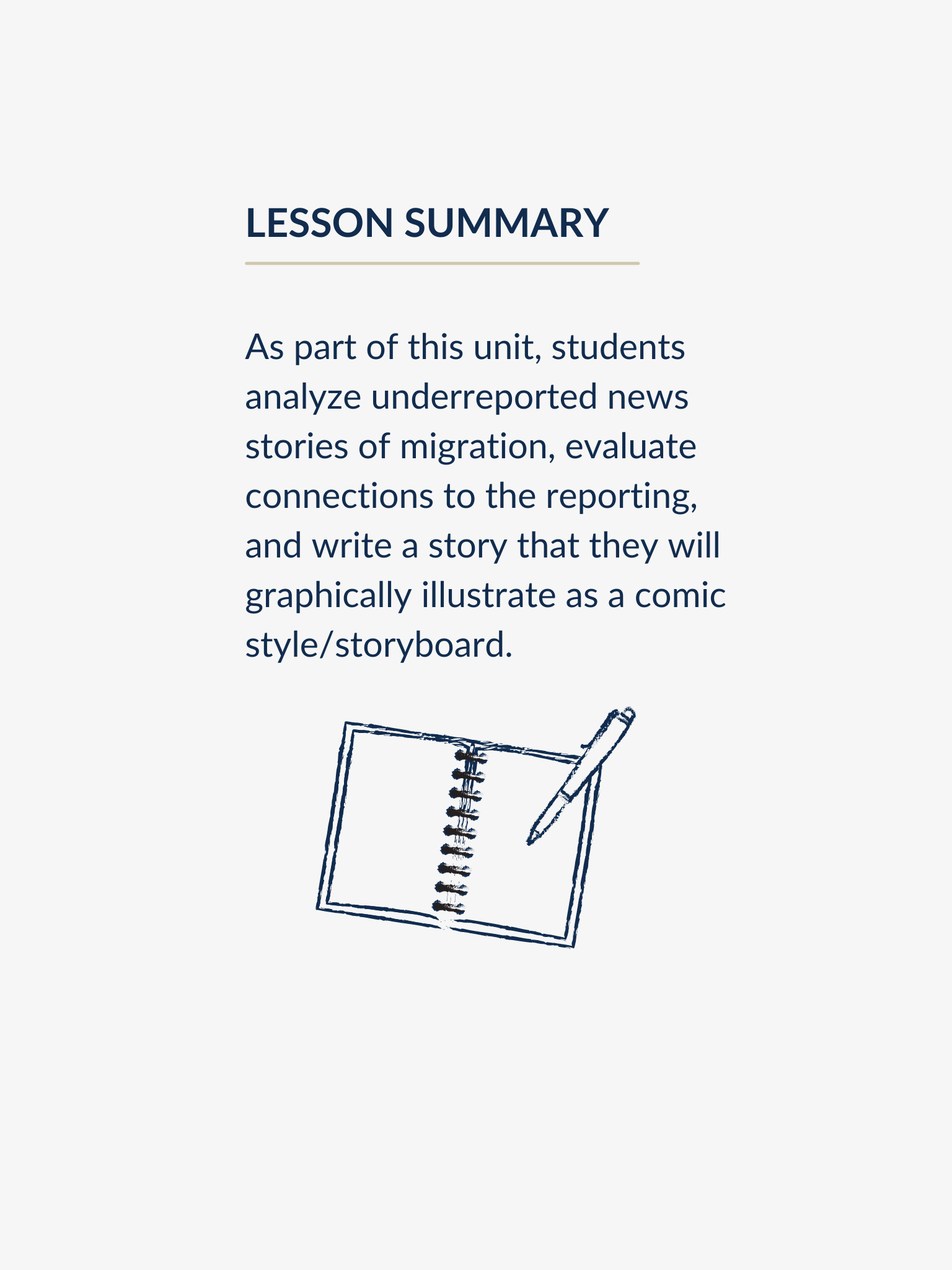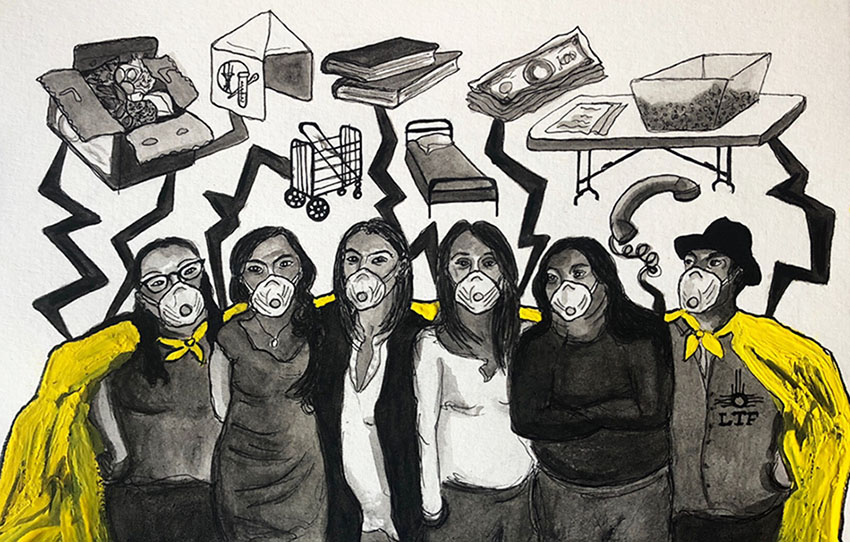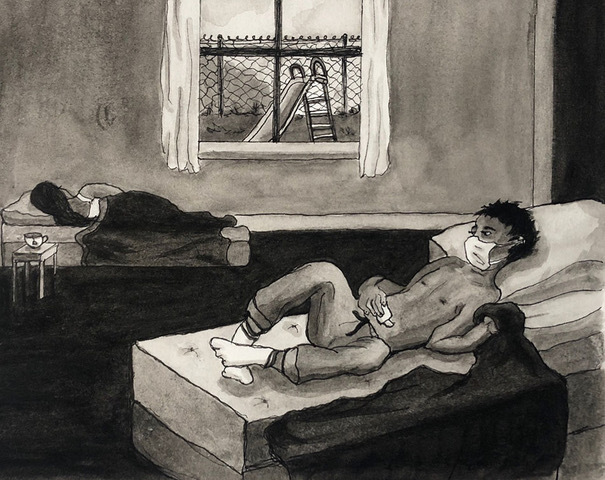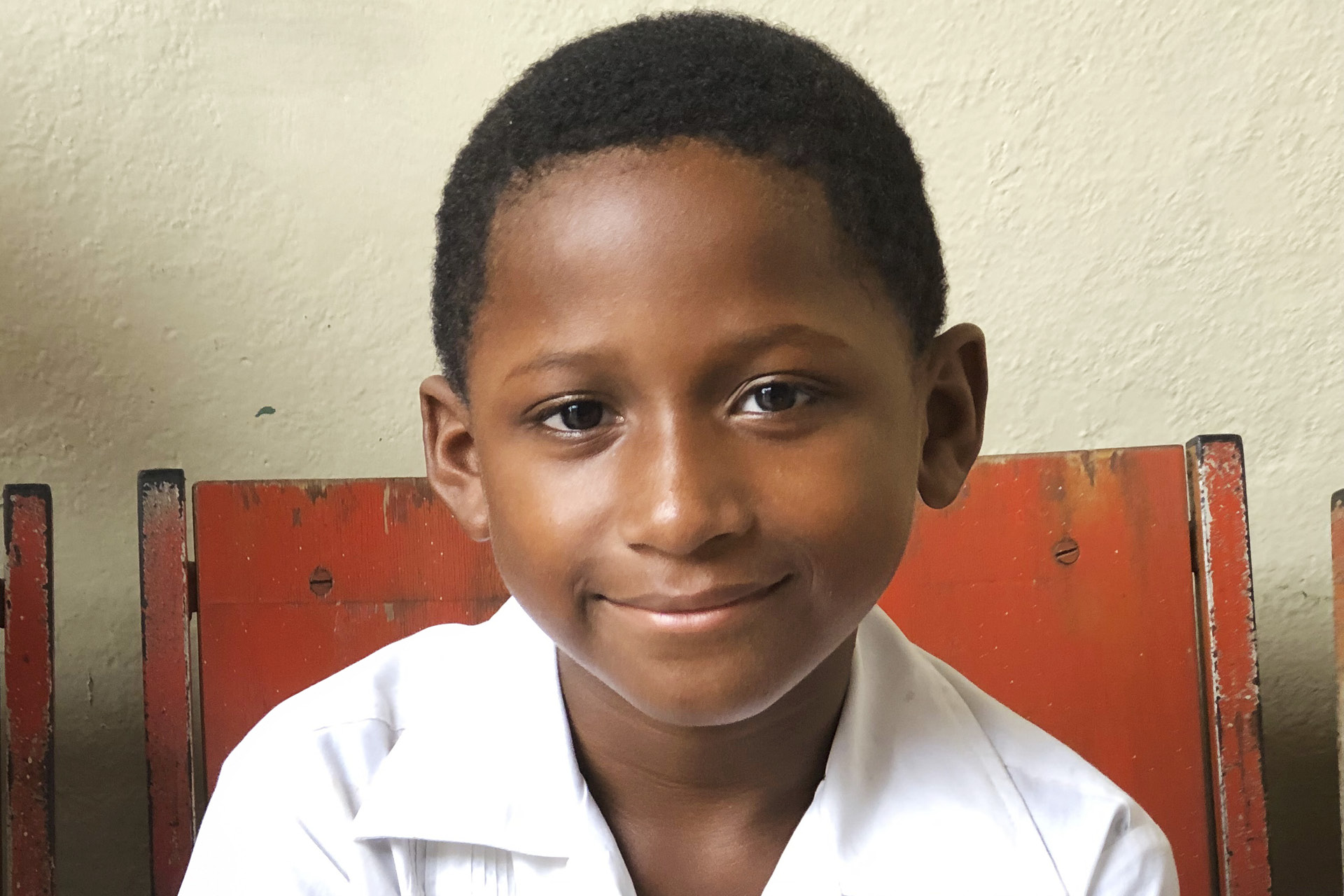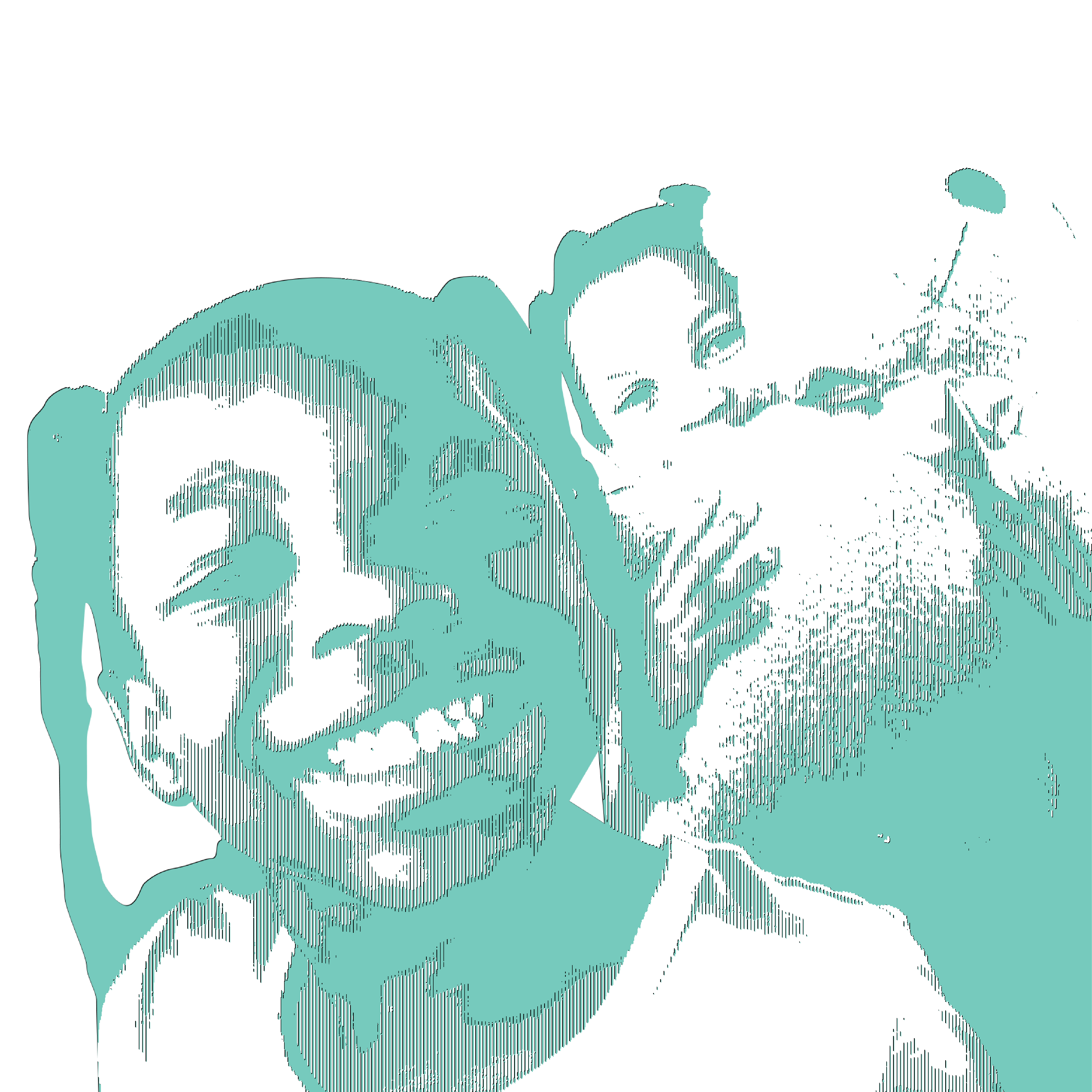This unit was created by Kathy Keffeler, an ESL and Spanish teacher in Rapid City, South Dakota, as part of the spring 2021 Pulitzer Center Teacher Fellowship program on Stories of Migration. It is designed for facilitation across approximately ten 60–75 minute live or virtual class periods.
For more units created by Pulitzer Center Teacher Fellows in this cohort, click here.
Unit Objectives:
Students will be able to…
- Read and compare elements of underreported stories about migrant communities worldwide in small groups with comprehension as evidenced by completion of a simple summary reported out to the class.
- Demonstrate understandable spoken English as evidenced by small group and solo presentations to the class.
- Demonstrate comprehension of spoken English as evidenced by completing a short summary of peer reports.
- Write 8-12 sentences of their own (or with teacher’s permission, fictional) migration story in comprehensible English.
- Illustrate their own or a fictional migration story using a storyboard or comic book style format.
Unit Overview:
As part of this nine to ten-lesson unit, students utilize news stories supported by the Pulitzer Center from Time for Kids and Mission Local to familiarize themselves with the concept of an underreported migration story. They will then research stories, summarize and share the gist of what they read to their small groups and to the entire class. As part of their conversations, students will note key details and themes from the stories they explored about migration and consider why these stories could be considered “underreported.”
Students will then write a condensed version of a personal migration story that they will graphically illustrate as a comic style/storyboard. The story should be inspired by details and themes from the reporting, as well as their own experiences and connections to migration. Then, they will share their stories with small groups, or if they wish, with the whole class.
This is designed as an approximate 9-10 day unit for High school 9-12 English as a Second Language (ESL) classes with optional enrichment activities, but can easily be adapted to a much shorter plan as directed by the instructor.
Note to Teacher: Some students, especially those whose migration story is traumatic, may not be ready to share the details of their experience. They may be more comfortable creating a fictional story for their character. Flexibility is key in this lesson.
Multi-lesson unit plan (facilitated over 9-10 classes) including warm-ups, texts and video resources, discussion questions, activities, and the performance task for the unit.
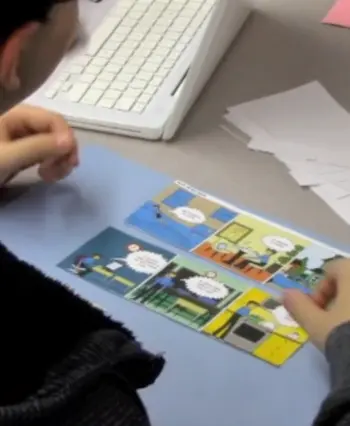
After familiarizing themselves with underreported news stories from the Pulitzer Center website, students will write a condensed version (8-12 English sentences) of their personal migration stories. If they don’t feel comfortable sharing a personal story, they could write a story inspired by the reporting they explored in the unit.
Then, using the Pixton website, students will create an 8-12 panel storyboard/comic that graphically illustrates their personal or fictional migration story with captions in English. They will then present their comics orally to their small groups and the stories will be displayed on the class bulletin board.
The following can be evaluated by the teacher using their own rubrics and methods: English language vocabulary notebooks, small group and partner participation, quality of English sentences, use of Pixton website to create graphics, quality of graphics, and quality of oral presentation
South Dakota World Language Standards:
- Standard 1.1: Students engage in conversations, provide and obtain information, express feelings and emotions, and exchange opinions.
- Standard 1.3: Students present information, concepts, and ideas to an audience of listeners or readers on a variety of topics.
- Standard 2.1: Students demonstrate an understanding of the relationship between the practices and perspectives of the culture studied.
- Standard 2.2: Students demonstrate an understanding of the relationship between the products and perspectives of the culture studied.
- Standard 3.2: Students acquire information and recognize the distinctive viewpoints that are only available through the world language and its cultures.
- Standard 4.1: Students demonstrate understanding of the nature of language through comparisons of the language studied and their own.
- Standard 4.2: Students demonstrate understanding of the concept of culture through comparisons of the cultures studied and their own.
